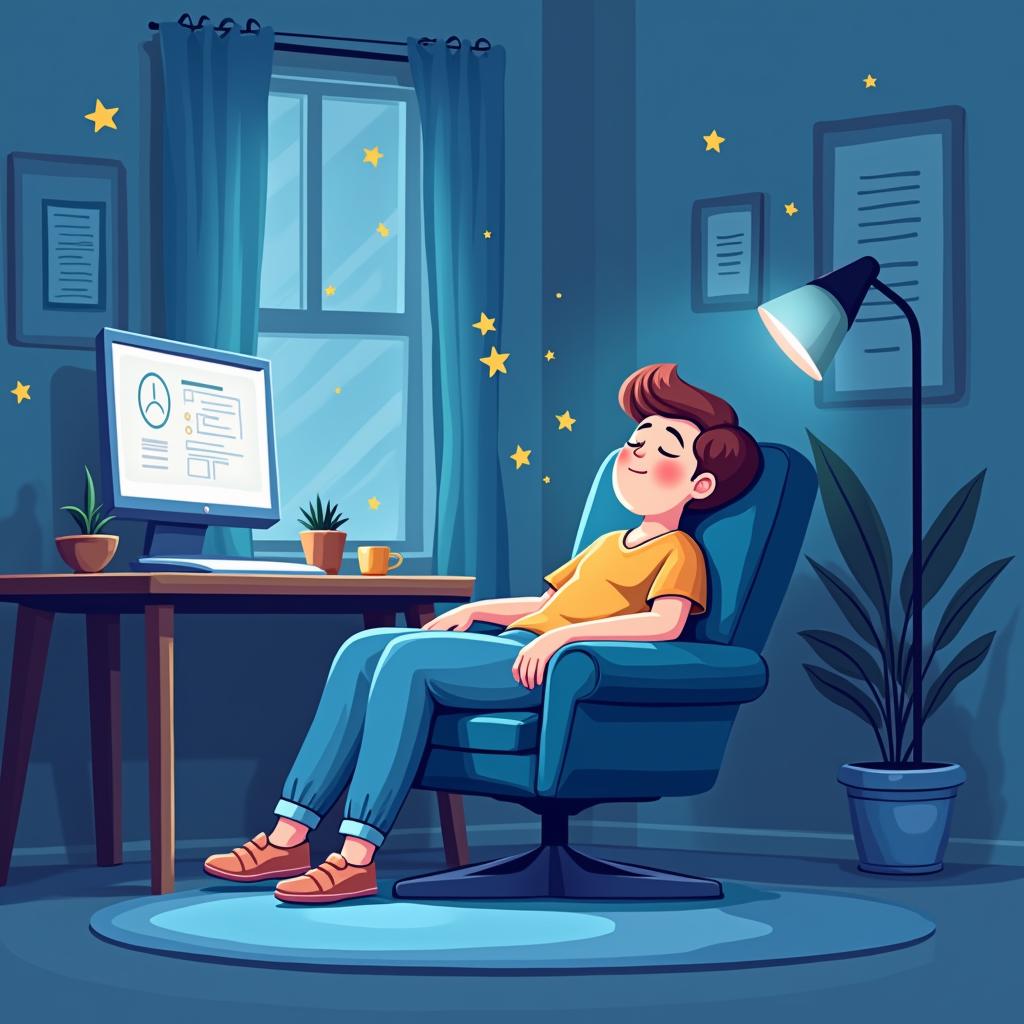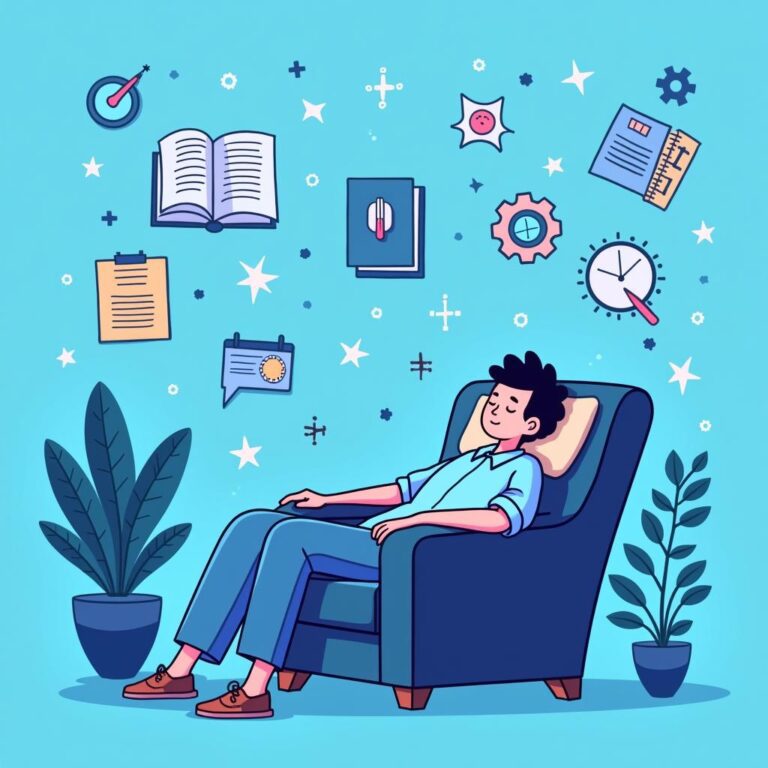In our fast-paced world, taking a nap can seem like a luxury, but it is a vital tool for enhancing focus and productivity. Understanding the best nap duration for adults is crucial for maximizing the benefits of napping without experiencing grogginess or sleep inertia. This article will explore the optimal nap lengths, their benefits, and tips for incorporating naps into your daily routine.
Understanding Napping: Why it Matters
Napping can be classified into different durations and stages, and knowing which is best for you can significantly influence your alertness and cognitive performance. Research indicates that well-planned naps can enhance mood, increase alertness, and improve overall performance. By understanding the psychology and physiology behind naps, we can select the appropriate duration to suit our needs.
Short Naps: 10 to 20 Minutes
One of the most recommended nap durations is between 10 to 20 minutes. These short naps are perfect for quick boosts in alertness and overall mental performance.
- Benefits: A nap lasting this long allows your brain to refresh, improving focus and concentration without entering deep sleep.
- Ideal Timing: Short naps are most effective in the late morning or early afternoon, typically 8-10 hours after waking up.
- When to Use: These naps are great for a midday boost when you feel your attention waning but have tasks to complete.
Moderate Naps: 30 to 60 Minutes
Moderate naps can provide extended benefits if you have more time to spare. These naps allow you to enter deeper stages of sleep, particularly slow-wave sleep.
- Benefits: A moderate nap can lead to more significant improvements in memory recall and learning. You may wake up with heightened problem-solving skills and creativity.
- Ideal Timing: Scheduled around 1 to 2 PM can align well with your body’s natural circadian rhythm.
- When to Use: If you can afford to take longer breaks during the day, this length can work wonders for complex tasks or creative projects.
Long Naps: 90 Minutes
A 90-minute nap allows you to complete an entire sleep cycle, which can be beneficial for restoring mental functions.
- Benefits: This duration includes light sleep, deep sleep, and REM sleep. It can enhance memory consolidation, creativity, and emotional resilience.
- Ideal Timing: Taking a 90-minute nap earlier in the afternoon can prevent interference with your nighttime sleep.
- When to Use: Ideal for when you’ve had a sleepless night or need more profound cognitive recovery.
Napping Strategies for Optimal Focus
To maximize the benefits of napping, consider these strategies:
1. Create a Comfortable Environment
Your napping space plays a critical role in how restorative your nap is. Choose a dark, quiet room and use comfortable bedding or a reclining chair. Consider using sleep masks or earplugs if necessary.
2. Set an Alarm
To avoid oversleeping and entering deeper sleep stages, set an alarm for your desired nap duration. This will help you wake up refreshed rather than groggy.
3. Napping Regularly
Incorporating regular napping into your daily routine can train your body to take advantage of short periods of rest. Start with short naps and gradually find what works best for you.
4. Be Mindful of Your Body’s Signals
Pay attention to when you feel tired or unfocused. Scheduling naps according to your body’s natural rhythms can enhance the benefits and improve your overall alertness.
Potential Downsides of Napping
While napping can be beneficial, it’s essential to be aware of potential downsides. Napping for too long or too late in the day may interfere with your nighttime sleep. Additionally, prolonged napping may indicate underlying health issues, so it’s vital to monitor how you feel.
Final Thoughts
Finding the best nap duration for adults can significantly impact your day-to-day functioning, focus, and overall health. Short naps between 10 to 20 minutes are excellent for a quick boost, while longer naps can enhance creativity and memory. Tailoring your nap strategy to your specific needs can help improve your focus and productivity throughout your day. Consider incorporating these nap durations into your routine, listen to your body, and reap the benefits of this often-overlooked practice.







